Home>Articles>How To Find A 45 Degree Angle Without A Protractor


Articles
How To Find A 45 Degree Angle Without A Protractor
Modified: February 17, 2024
Learn how to find a 45-degree angle without a protractor with this informative article. Explore various techniques and tools to measure angles accurately.
(Many of the links in this article redirect to a specific reviewed product. Your purchase of these products through affiliate links helps to generate commission for Storables.com, at no extra cost. Learn more)
Introduction
When it comes to measuring angles, having a protractor on hand can be quite handy. However, there may be times when you find yourself without a protractor and in need of finding a 45-degree angle. Whether you’re working on a DIY project, trying to solve a geometry problem, or simply curious about angles, knowing how to find a 45-degree angle without a protractor can be a valuable skill to have.
In this article, we will explore different methods to find a 45-degree angle using various tools and techniques. Each method offers a unique approach that can be adapted to different situations, ensuring you can accurately measure a 45-degree angle even without a protractor.
Key Takeaways:
- You don’t need a protractor to find a 45-degree angle! From paper folding to digital apps, these creative methods offer resourceful ways to measure angles accurately without traditional tools.
- Utilize everyday items like rulers, paper, and even smartphone apps to find a 45-degree angle. These inventive techniques showcase the ingenuity and versatility of angle measurement methods.
Method 1: Using a ruler and a compass
One of the most straightforward methods to find a 45-degree angle is by using a ruler and a compass. Here’s how:
- Start by drawing a straight line with your ruler.
- With the compass, place one point at the starting point of the line and draw an arc that intersects the line.
- Without changing the compass width, place the compass point where the arc intersects the line.
- Draw a second arc that intersects the first arc.
- The point where the two arcs intersect will create a 45-degree angle with the original line.
This method is based on the geometric property that the intersection of two arcs of the same radius, centered at the same point, will create a 45-degree angle. By setting the compass width to an arbitrary length, you can easily create the necessary arcs and find your desired angle.
Remember to be precise when using this method, as any inaccuracies in drawing the arcs can affect the accuracy of the resulting 45-degree angle.
Method 2: Using geometrical properties
Another method to find a 45-degree angle without a protractor involves utilizing the properties of geometric shapes. Here’s how you can do it:
- Draw a straight line segment.
- Using the same starting point, draw another line segment at a 90-degree angle to the first line segment.
- Label the intersection point of the two line segments as point A.
- From point A, draw a line segment that bisects the right angle, dividing it into two equal 45-degree angles.
This method exploits the fact that a right angle can be divided equally into two 45-degree angles. By creating a right angle and then bisecting it, you can easily identify a 45-degree angle.
Keep in mind that this method relies on your ability to accurately draw a right angle and bisect it. Using a ruler or straightedge can help ensure the precision of your measurements.
Method 3: Using paper folding
If you don’t have any measuring tools on hand, you can still find a 45-degree angle using a simple paper folding technique. Follow these steps:
- Take a sheet of paper and fold it in half diagonally to form a right triangle.
- Unfold the paper and fold one of the corners towards the center of the triangle.
- Adjust the fold until the folded edge aligns with the midpoint of the hypotenuse of the triangle.
- Unfold the paper again to reveal two intersecting lines.
- The intersection point between the two lines will form a 45-degree angle.
This method relies on the fact that folding a right triangle in a specific way creates a 45-degree angle at the intersection point of the folds. It’s a simple yet effective way to find a 45-degree angle without the need for any specialized tools.
Remember to make precise folds and align the edges accurately to ensure the accuracy of your measurement.
Method 4: Using a digital angle finder app
In the digital age, smartphones have become powerful tools that can assist us in various tasks, including measuring angles. By using a digital angle finder app, you can easily find a 45-degree angle without the need for physical measuring tools. Here’s how:
- Search for and download a digital angle finder app from your smartphone’s app store. There are many free and paid options available.
- Open the app and follow the instructions to calibrate it properly.
- Select the angle measurement mode and choose the 45-degree option.
- Place your smartphone on the surface or object where you want to measure the angle.
- Align the reference line provided on the screen with the object.
- The app will display the angle measurement, and you can read the value to confirm if it’s a 45-degree angle.
Using a digital angle finder app eliminates the need for manual measurements and relies on the device’s internal sensors to accurately determine the angle. It’s a convenient and precise method to find a 45-degree angle without a protractor or other physical tools.
Ensure that your smartphone is adequately calibrated and the app is up-to-date for accurate angle measurements.
To find a 45 degree angle without a protractor, use a ruler to draw a perpendicular line from a point. Then, use the ruler to bisect the right angle, creating two 45 degree angles.
Method 5: Using a known 90-degree angle
If you have access to a known 90-degree angle, such as a corner of a room or a square object, you can utilize it to find a 45-degree angle. Here’s how:
- Identify the corner or object with a known 90-degree angle.
- Place your straightedge or ruler against one side of the 90-degree angle.
- Align the ruler so that it extends over the other side of the angle.
- Mark a point where the ruler crosses the extended line of the 90-degree angle.
- Bisect the angle between the marked point and the corner or object with the known 90-degree angle.
- The bisected angle will be a 45-degree angle.
This method relies on the fact that a 45-degree angle is half of a 90-degree angle. By using the known 90-degree angle as a reference, you can easily create a 45-degree angle by bisecting it.
Ensure that your measurements are precise and that the ruler or straightedge is aligned correctly to obtain an accurate 45-degree angle.
Method 6: Using a carpenter’s square or speed square
A carpenter’s square, also known as a speed square, is a versatile tool commonly used in woodworking and construction. It can also be used to find a 45-degree angle with ease. Here’s how:
- Place the long side of the carpenter’s square or speed square against one side of the object or surface where you want to measure the angle.
- Rotate the square until the short side aligns with the other side of the object or surface.
- Observe the angle indicated on the square’s markings.
- If the indicated angle aligns with the 45-degree mark, you have found a 45-degree angle.
Carpenter’s squares and speed squares are designed with pre-marked angles, including 45 degrees. By aligning the square with the sides of the object or surface, you can easily determine if it forms a 45-degree angle.
Ensure that the square is held firmly against the sides and that the markings are accurate for precise angle measurements.
Method 7: Using a bevel gauge or sliding bevel
A bevel gauge or sliding bevel is a handy tool that allows you to measure and transfer angles accurately. To find a 45-degree angle using a bevel gauge or sliding bevel, follow these steps:
- Adjust the bevel gauge to a 45-degree angle by loosening the locking nut and aligning the indicator with the desired angle on the gauge.
- Place one end of the bevel gauge against one side of the object or surface where you want to measure the angle.
- Slide the other end of the bevel gauge until it touches the other side of the object or surface.
- Lock the bevel gauge in place using the locking nut.
The bevel gauge will now hold the 45-degree angle you set. You can use it as a reference to transfer the angle or confirm if another angle measures 45 degrees.
Ensure that the bevel gauge is securely locked in place and that both ends are firmly touching the sides for accurate angle measurement.
Conclusion
While having a protractor is convenient for measuring angles, there are several methods you can employ to find a 45-degree angle without one. Whether you use a ruler and compass, rely on geometrical properties, utilize paper folding techniques, or make use of digital angle finder apps or specialized tools like carpenter’s squares and bevel gauges, each approach offers a unique and effective way to determine a 45-degree angle.
By familiarizing yourself with these various methods, you can confidently tackle tasks and projects that require accurate angle measurements, even without a protractor. Whether you’re working on DIY projects, math problems, or simply exploring the world of angles, these techniques will prove to be valuable skills.
Remember to pay attention to detail, be precise in your measurements, and ensure proper alignment when using these methods. Accuracy is key when finding angles, as even slight errors can impact the integrity of your measurements.
So, the next time you find yourself in need of a 45-degree angle measurement and don’t have a protractor at hand, refer to the methods outlined in this article. With a little practice and careful execution, you’ll be able to find a 45-degree angle with ease, proving that sometimes, ingenuity and resourcefulness can be just as effective as having the right tools at your disposal.
Frequently Asked Questions about How To Find A 45 Degree Angle Without A Protractor
Was this page helpful?
At Storables.com, we guarantee accurate and reliable information. Our content, validated by Expert Board Contributors, is crafted following stringent Editorial Policies. We're committed to providing you with well-researched, expert-backed insights for all your informational needs.
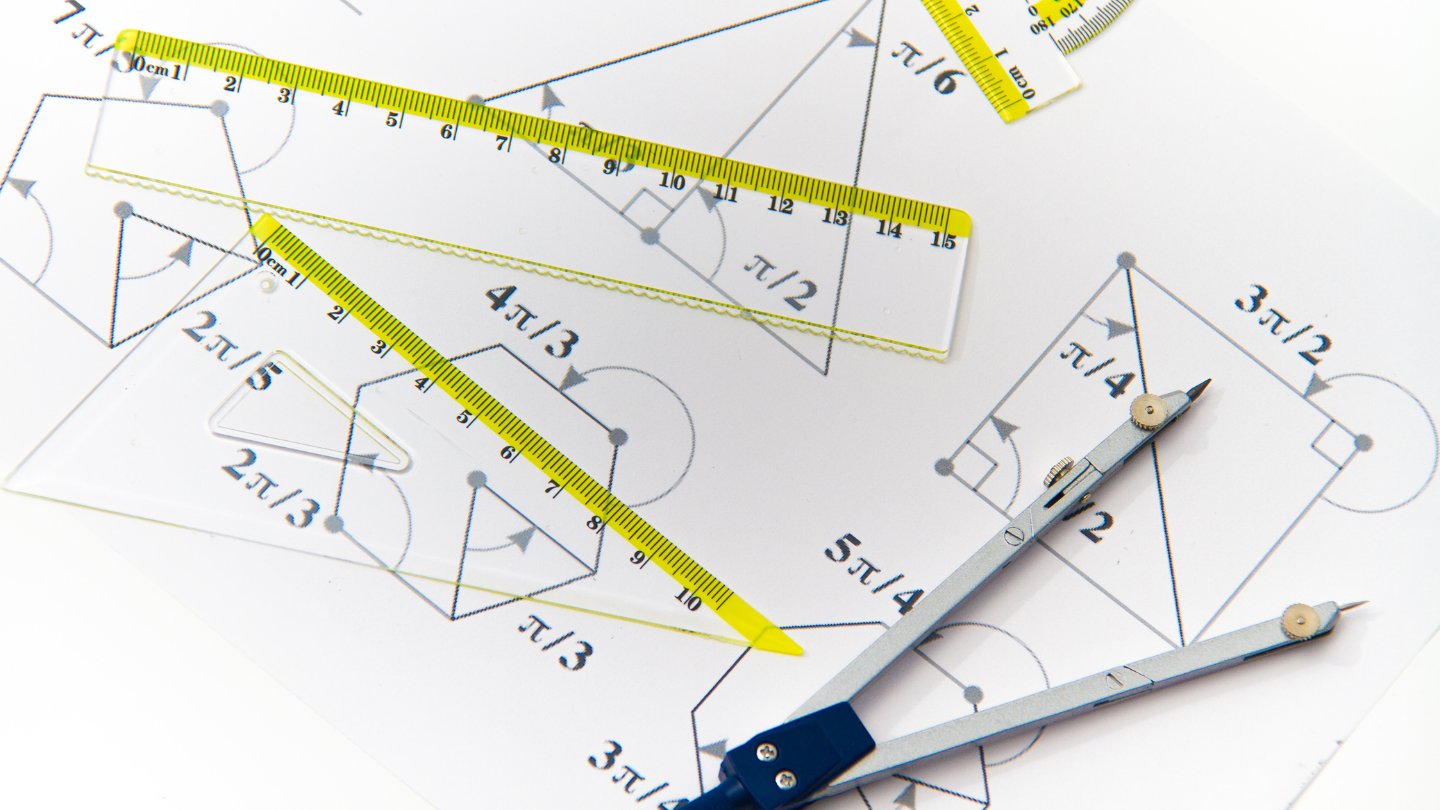
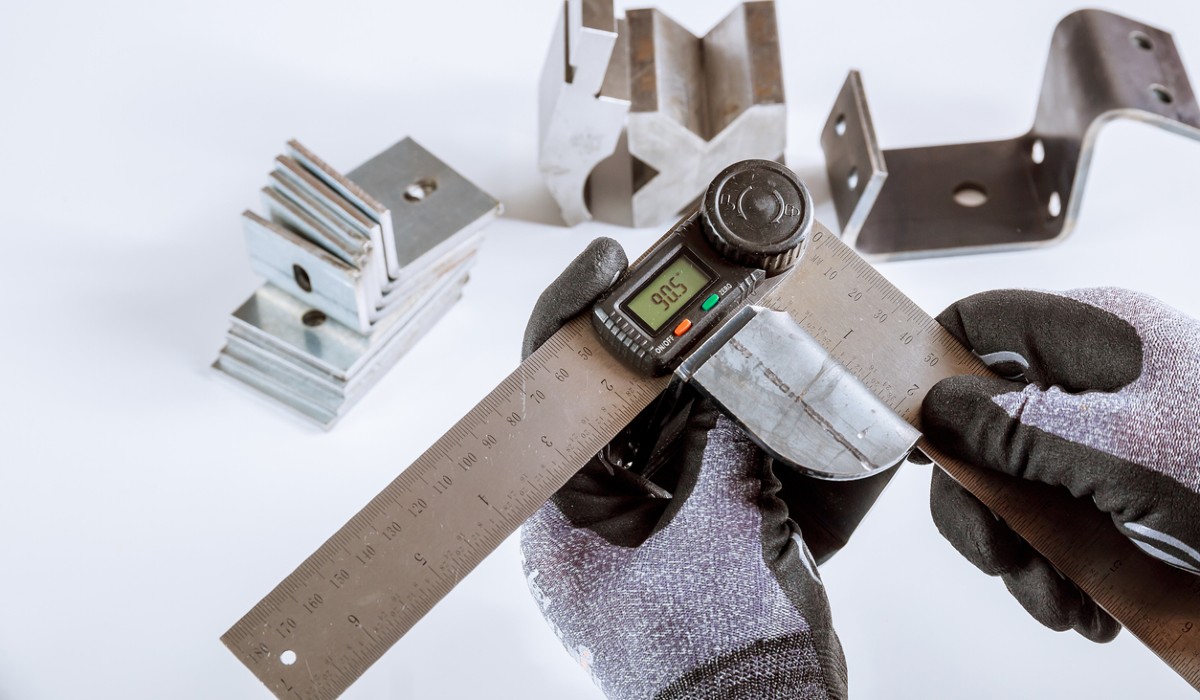
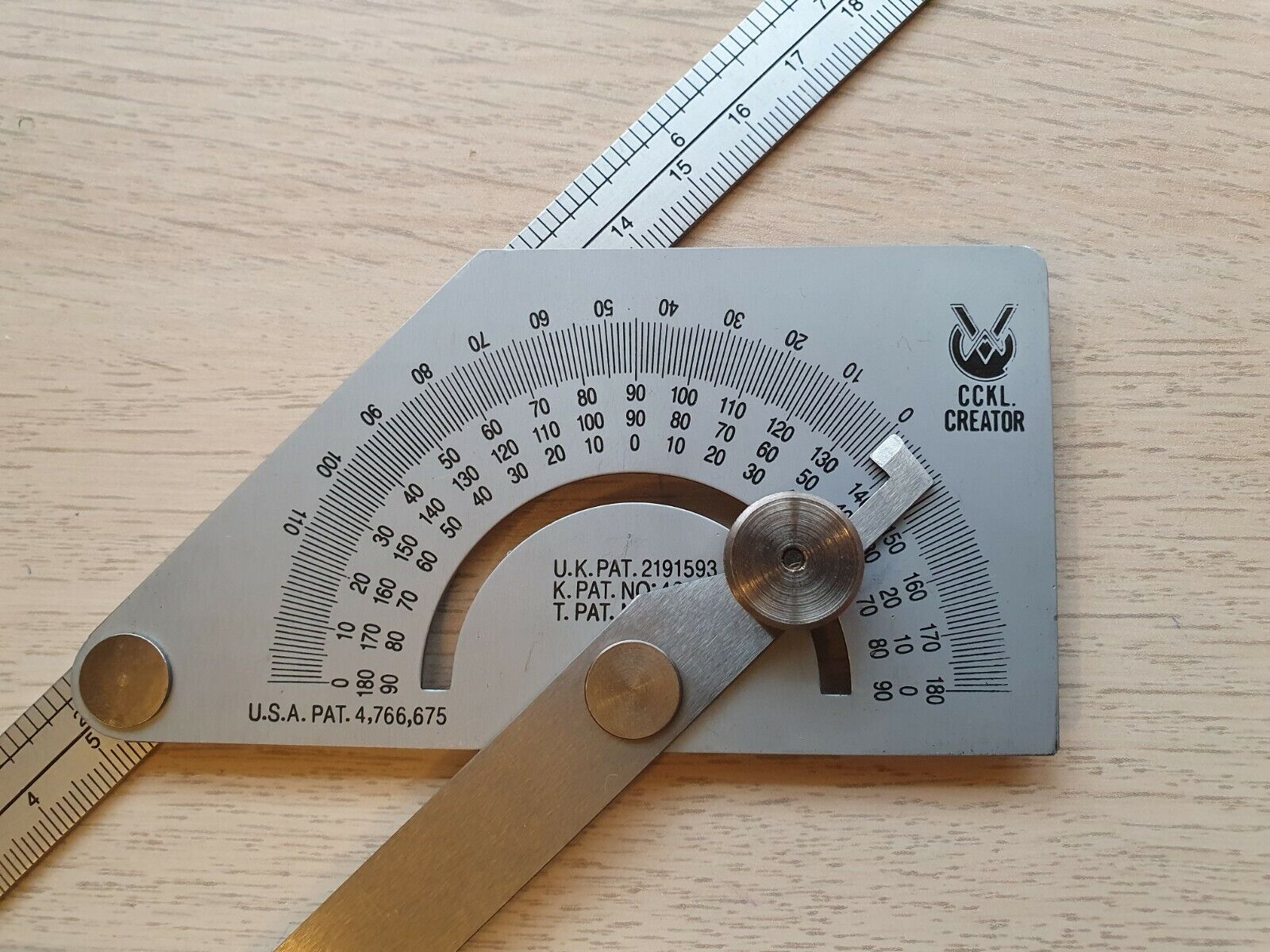
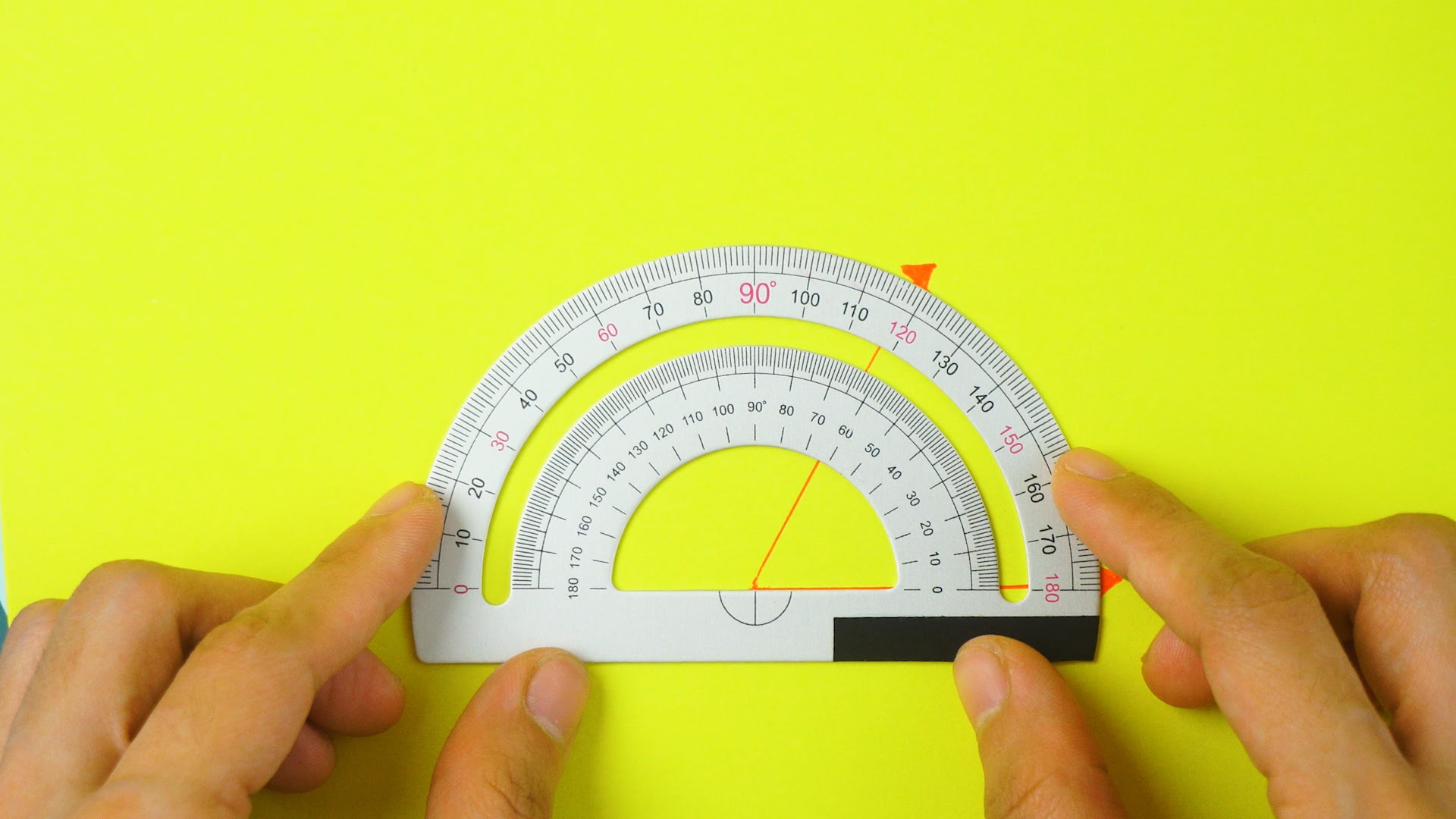



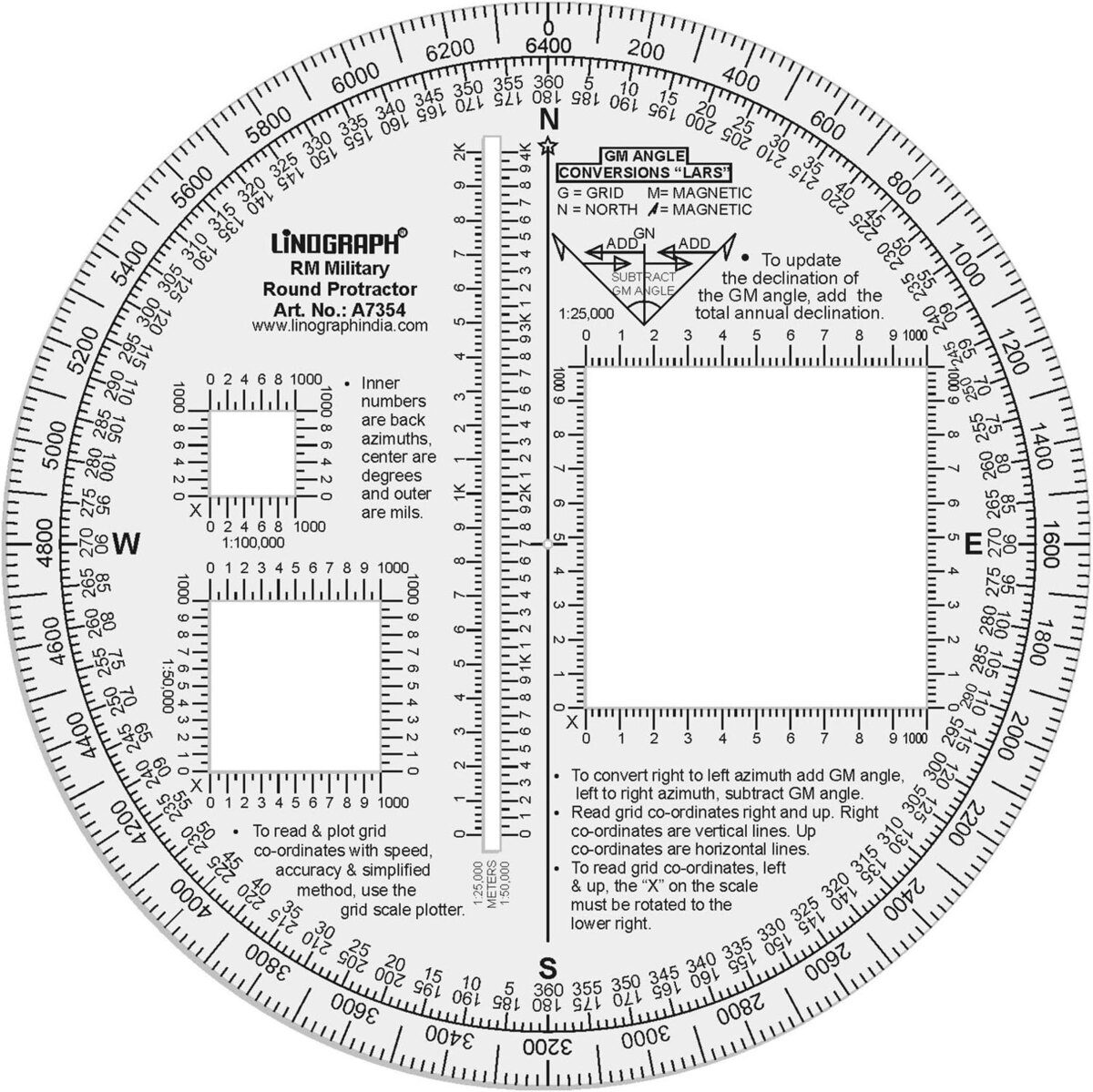
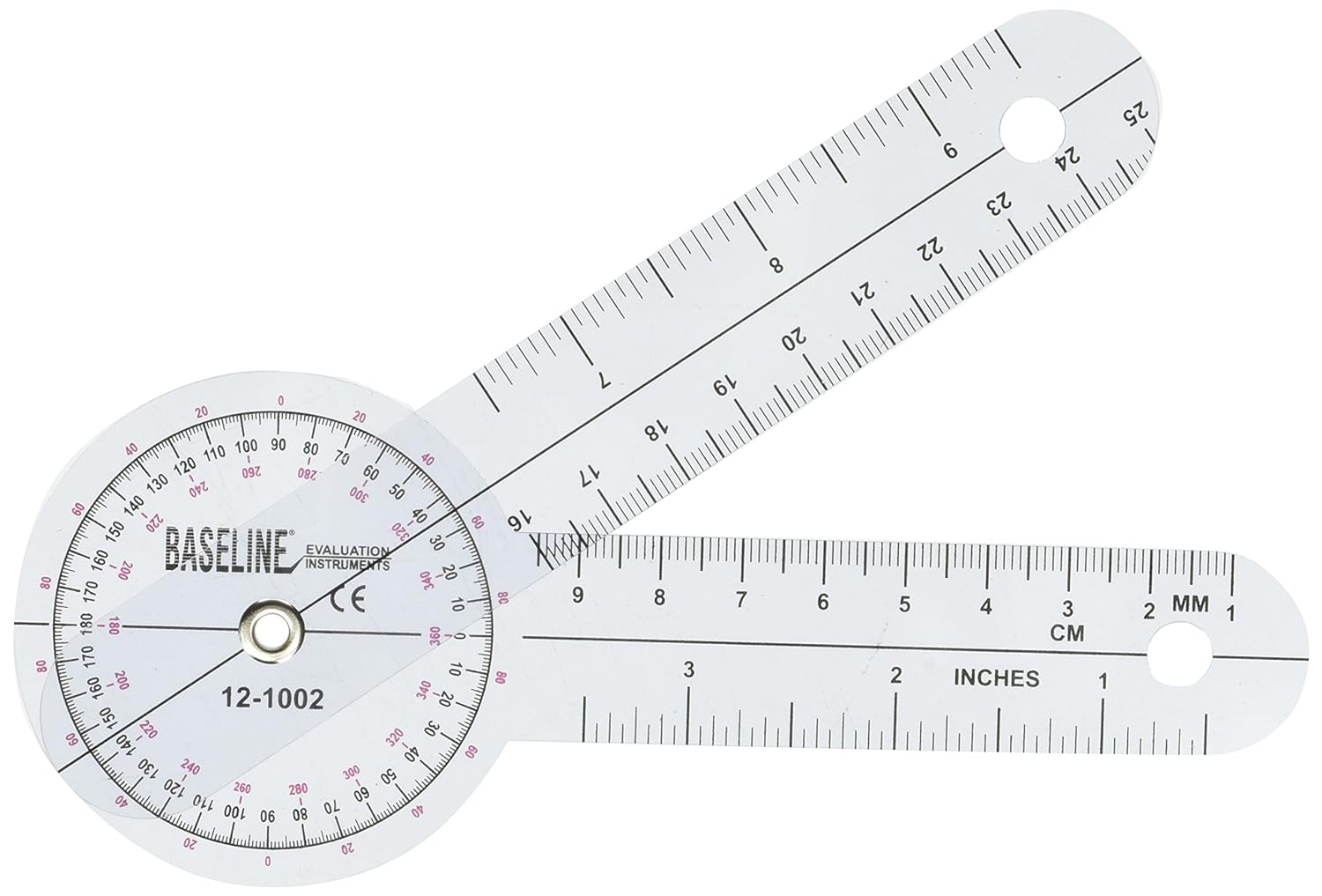
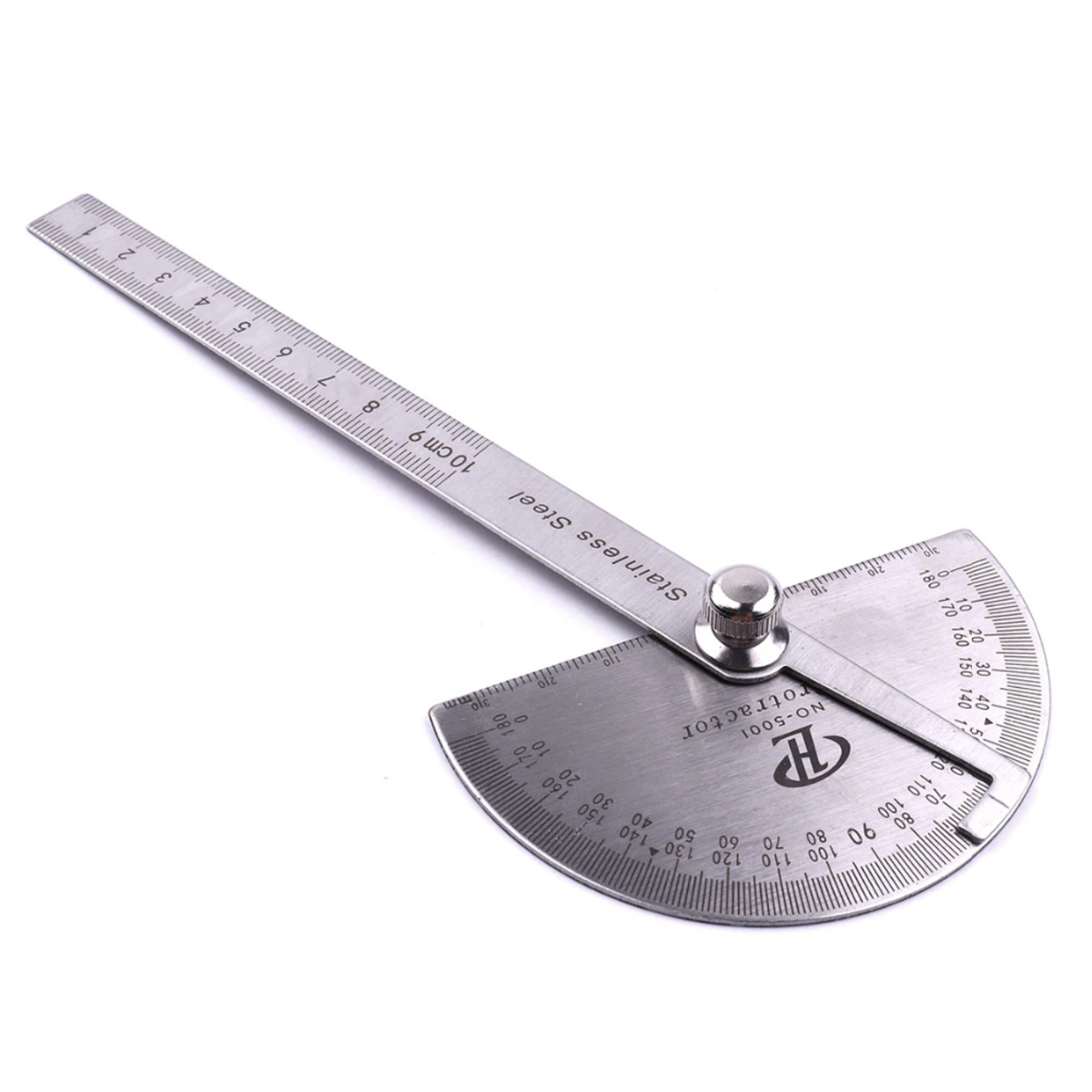
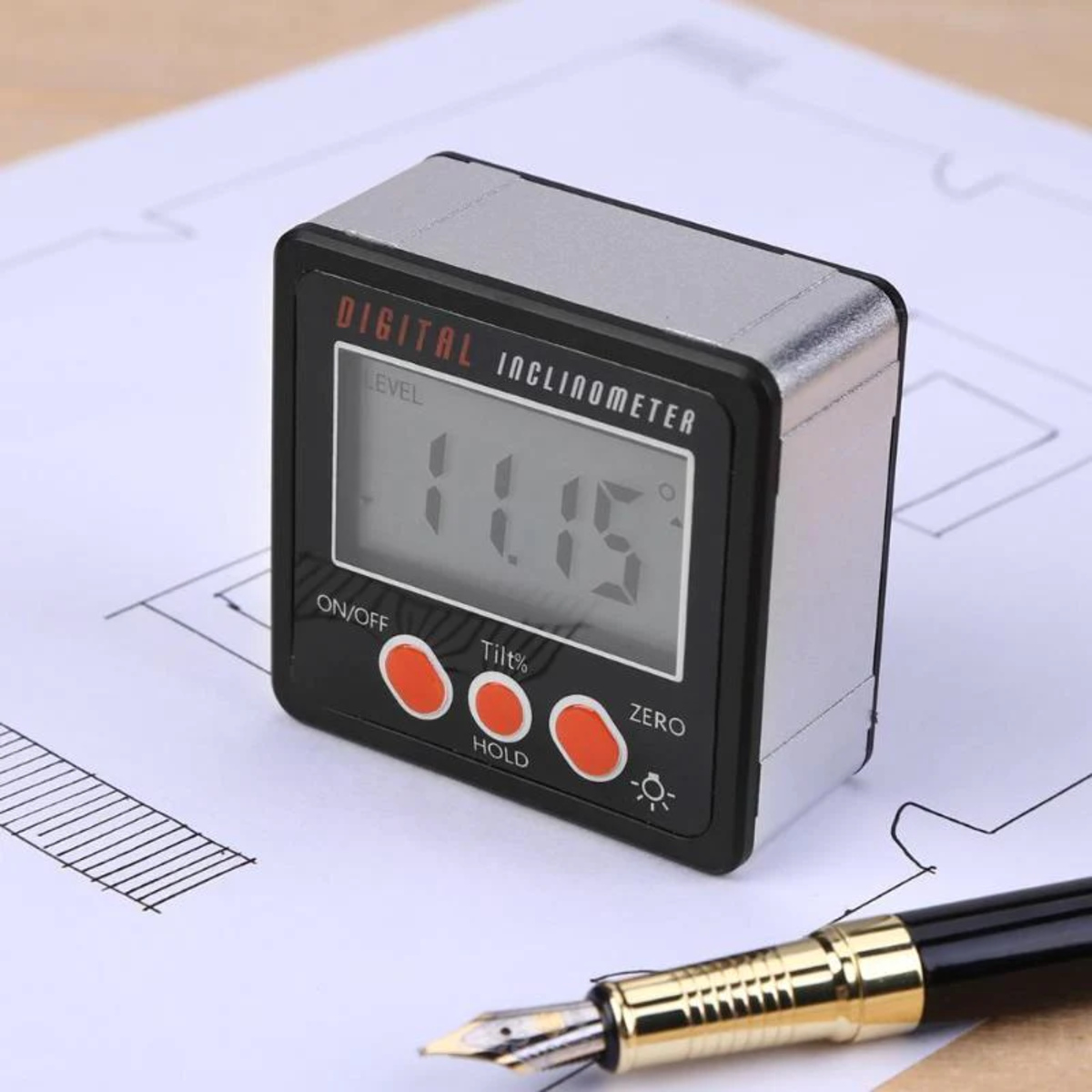
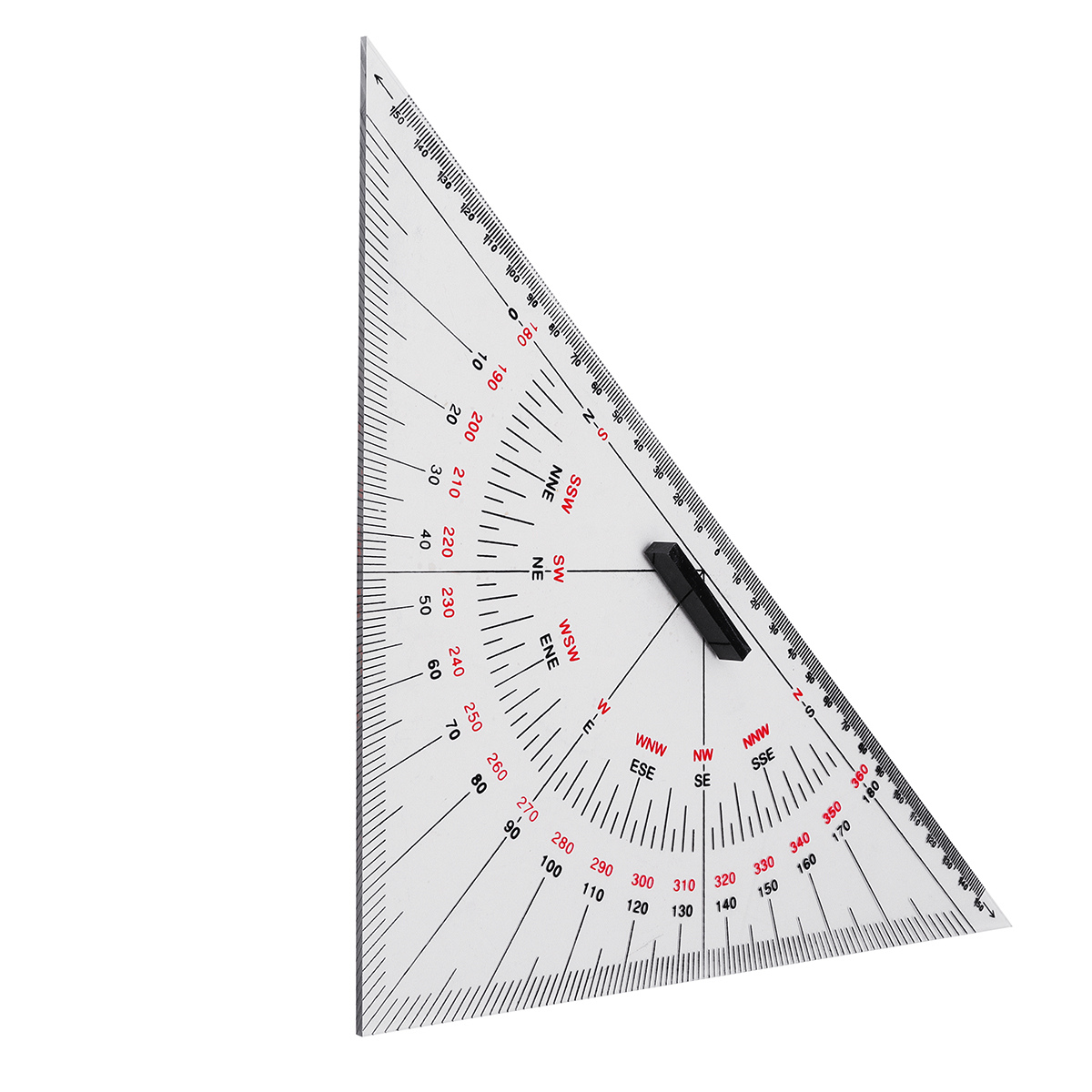
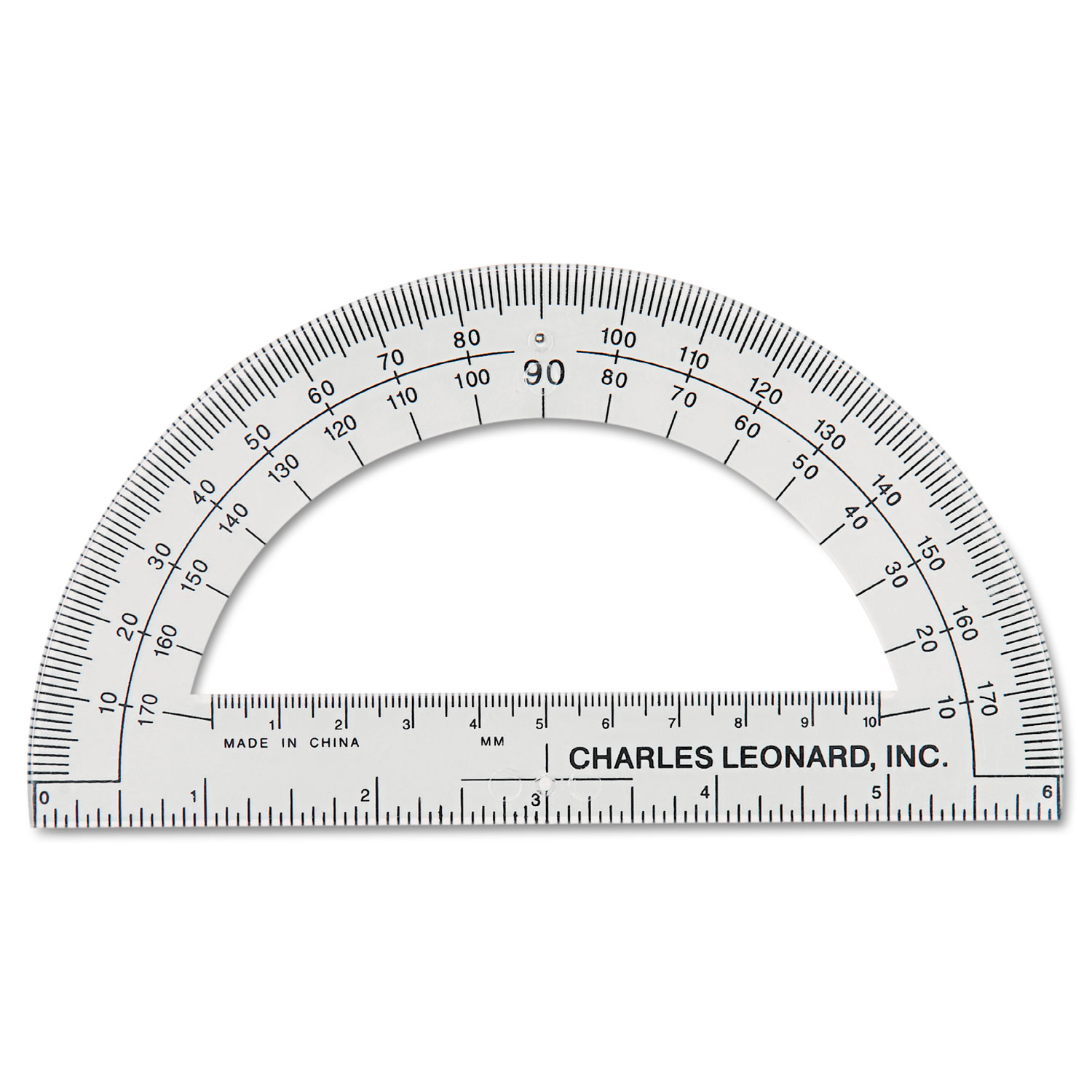
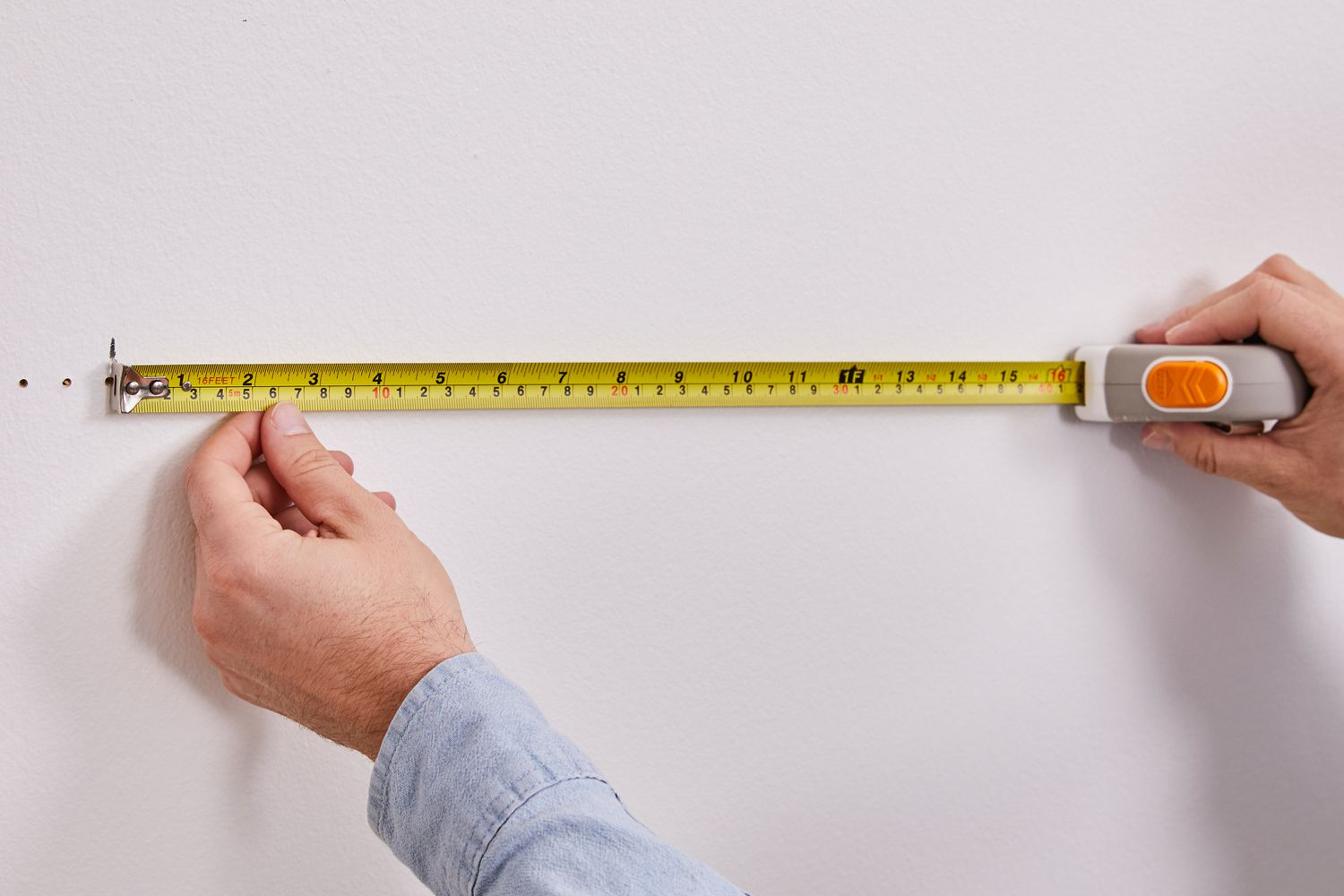

0 thoughts on “How To Find A 45 Degree Angle Without A Protractor”